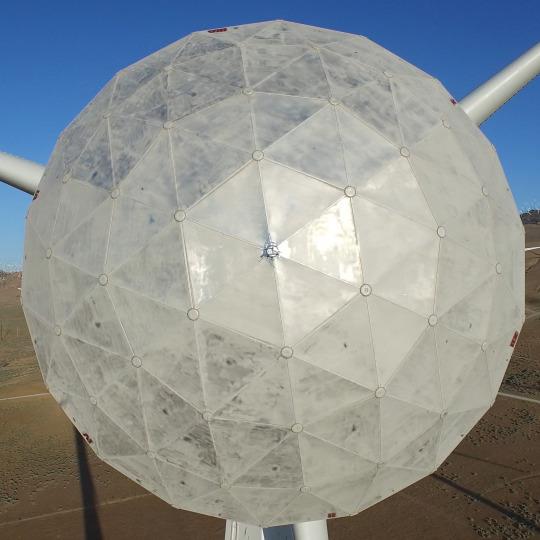The team came up with the idea of putting a hemisphere on the centre part of the wind turbine After Mark Little, GE's chief technology officer and the head of the GRC, challenged principal engineer Seyed Saddoughi and his team to build a rotor that could harvest more wind. The hemisphere is designed to redirect the incoming wind towards the outer parts of the blades. "The biggest unknown for us was what size the dome should be," Saddoughi said.
The team experimented by buying a 10-inch wind turbine and foam balls of different sizes, then took the model to a wind tunnel at GE's aerodynamic lab. "By cutting the Styrofoam balls in half, we created our domes of different sizes and then stuck these domes on the centre of the small wind turbine and ran our experiments at different tunnel air speeds," Saddoughi says.
The team hooked up the turbine to their instruments and measured the amount of voltage it produced. "Invariably we got a jump in voltage output with the dome placed at the centre of the wind turbine; albeit the increases differed for different size domes," Saddoughi says.
The scientists ran computer simulations and confirmed that a full-size turbine was more efficient with a nose attached. "Overjoyed by the limited experimental and computational results, we wanted to come up with a name for this design, such that it really represented the idea – and was also something that everybody would remember easily," Saddoughi says. "The team gathered, and after an hour of playing with words the name Energy Capture Optimisation by Revolutionary Onboard Turbine Reshape (ecoROTR) was created."
The team then built a 2m rotor model of the turbine and took it for testing to the Gust wind tunnel in Stuttgart, Germany.
"We conducted a significant number of experiments at the Gust wind tunnel for different tunnel air velocities and wind turbine tip-speed ratios with several variations of domes," Saddoughi says. "The wind tunnel was also operated at its maximum speed (1000rpm) for the blades in feathered configurations at several yaw angles of the turbine to simulate gust conditions."

In 2012, the team started designing the prototype of the dome that was 20m in diameter and weighed 20t, which presented new challenges. "Unlike gas or steam turbines that are designed to operate under a relatively limited number of set conditions, wind turbines must operate reliably and safely under literally hundreds of conditions, many of them highly transient," says Norman Turnquist, senior principal engineer for aero thermal and mechanical systems.They ran more calculations to make sure that GE's 1.7MW test turbine in Tehachapi, California, would be able to support the dome. They looked at performance during different wind speed and directions, storms and gusts. They also designed special mounting adapters and brackets to attach the dome.
The team then assembled the dome on site. "Early on, it was decided that the prototype dome would be a geodesic construction," Turnquist says. "The reason is simply that it was the construction method that required the least amount of unknown risk."
The dome went up in May 2015 and the turbine is currently performing four months of testing. "This is the pinnacle of wind power," says Mike Bowman, leader of sustainable energy projects at GE Global Research. "As far as I know, there's nothing like this in the world. This could be a game changer."











